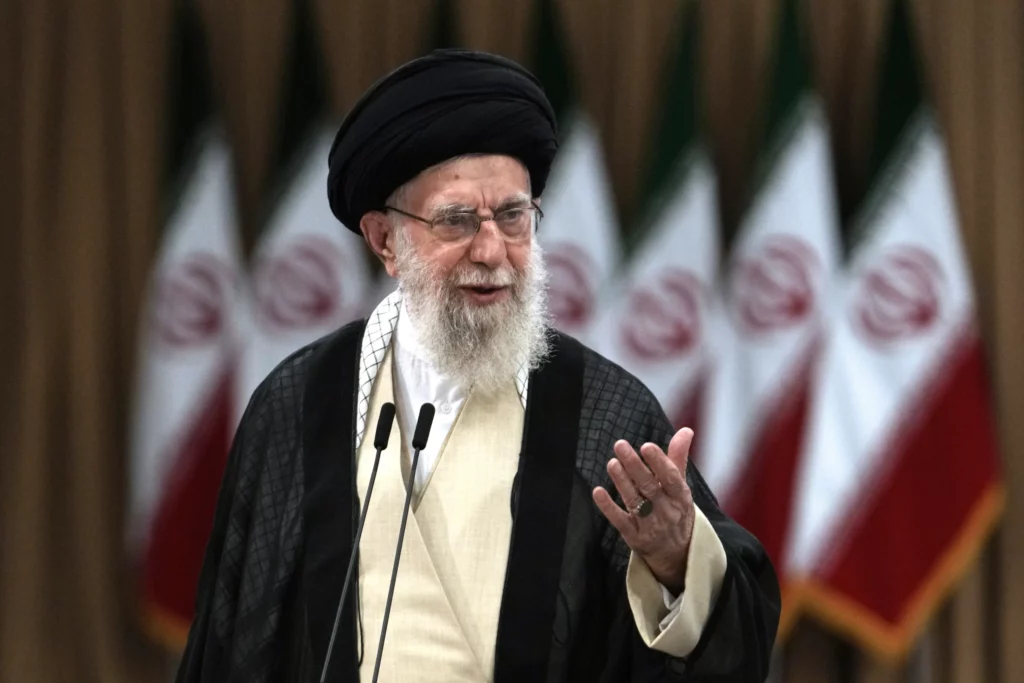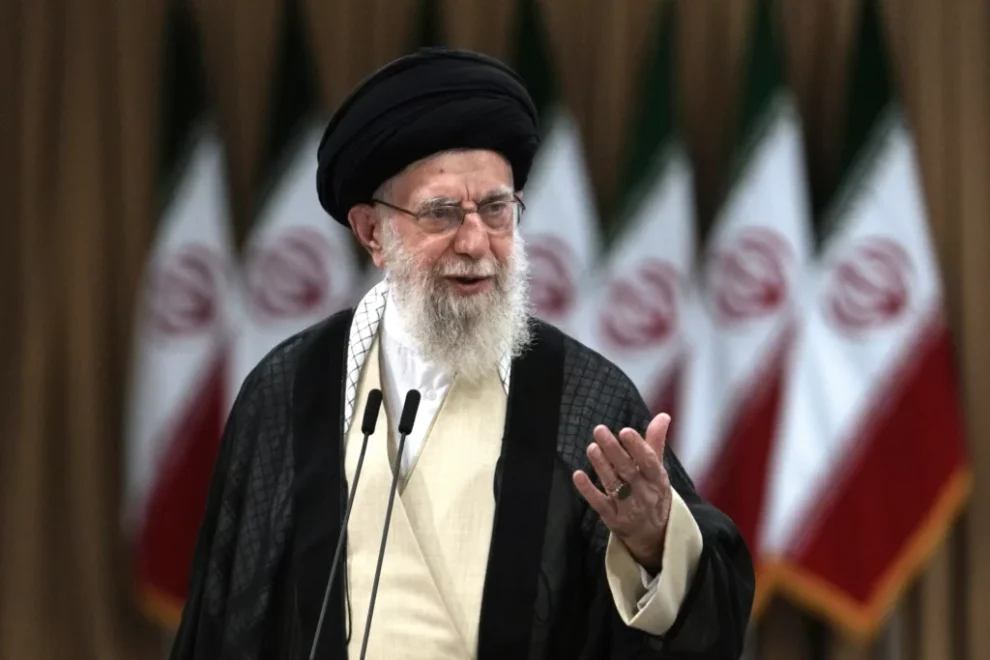Iran’s supreme leader has reportedly been moved to a secure location with heightened security measures after Israel’s military assassinated Hezbollah leader Hassan Nasrallah on Friday.
Supreme Leader Ayatollah Ali Khamenei has been transferred to a secure location somewhere within the country, according to Reuters. The outlet reported that Iran is in “constant contact” with Lebanon’s Hezbollah and other proxy groups to determine next steps.

Khamenei’s movement comes hours after he urged Muslims in the region “to stand by the people of Lebanon and the proud Hezbollah with whatever means they have and assist them in confronting the … wicked regime [of Israel].”
“The fate of this region will be determined by the forces of resistance, with Hezbollah at the forefront,” the leader added, according to state media reports.
The strike on Friday targeted Hezbollah’s “central headquarters,” which was located “under residential buildings in the heart” of Dahiyeh, in Beirut, according to an Israeli military spokesman. Videos circulated online of the destruction the airstrike caused, hours before word of Nasrallah’s death was confirmed.
Defense Secretary Lloyd Austin spoke with Israeli Minister of Defense Yoav Gallant on Friday about the events, according to the Pentagon.
The Pentagon said Austin “expressed full support for Israel’s right to defend itself and its people against Iranian backed terrorist groups,” and stressed that the United States is “determined to prevent Iran and Iranian-backed partners and proxies from exploiting the situation or expanding the conflict.”
CLICK HERE TO READ MORE FROM THE WASHINGTON EXAMINER
Nasrallah, 64, had been Hezbollah’s leader since Israel assassinated his predecessor, Abbas al-Musawi, in 1992. Over his more than three decades leading Hezbollah, Nasrallah oversaw the significant development of the U.S.-designated terrorist group’s arsenal and cemented Hezbollah within Lebanon’s political sphere, also advancing Iran’s “axis of resistance” mission.
Nasrallah’s death is seemingly the culmination of an extraordinary intelligence success for Israel, which began with the dramatic, remote explosions of pagers less than two weeks ago. It also marks a dramatic escalation in the conflict that has engulfed the Middle East promulgated by Iran’s proxies, including Hamas attacking Israel, and Israel’s escalating responses. The conflicts have gone on for nearly a year, but the killing of Nasrallah is expected to result in an Iranian response.
Mike Brest contributed to this report.
























